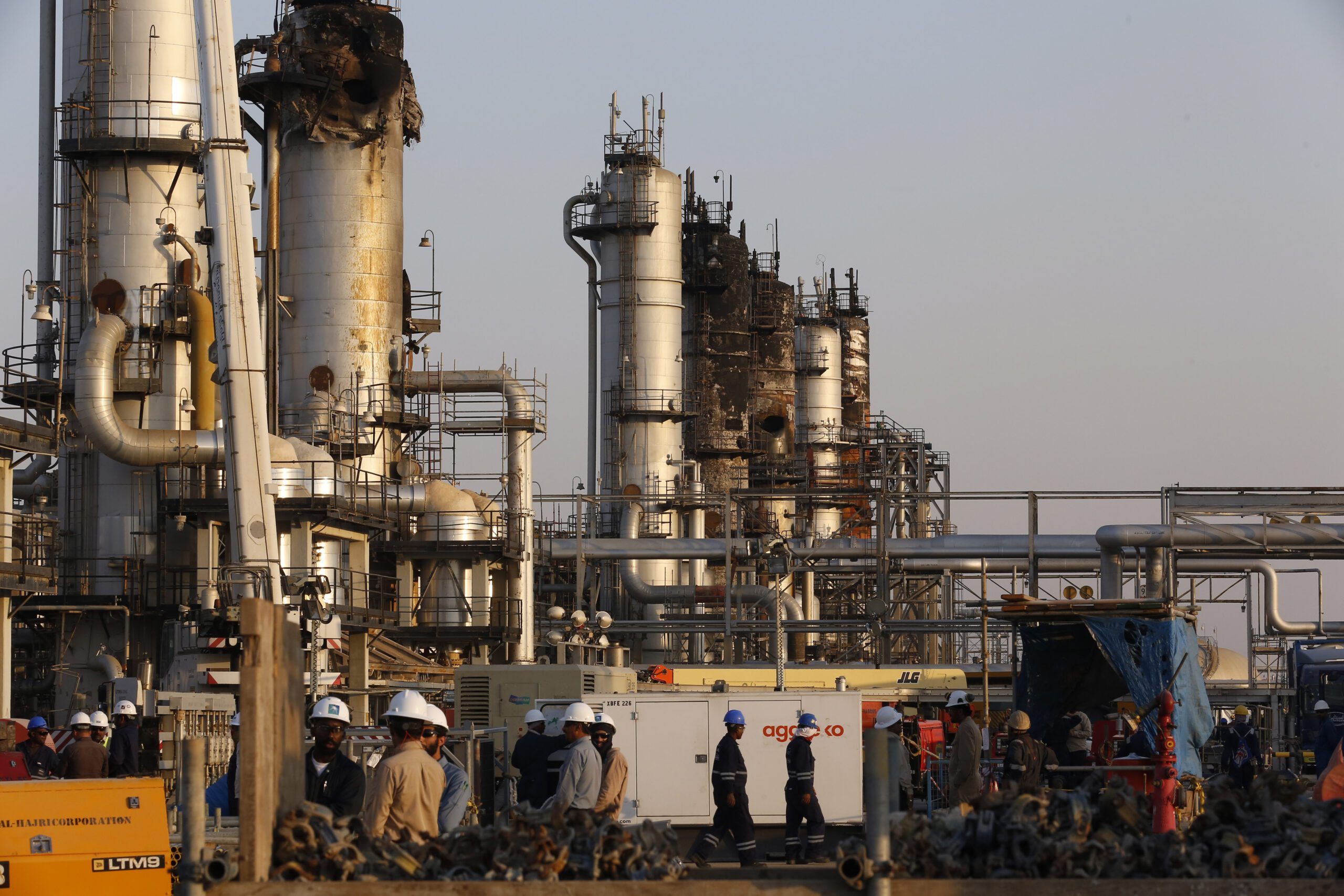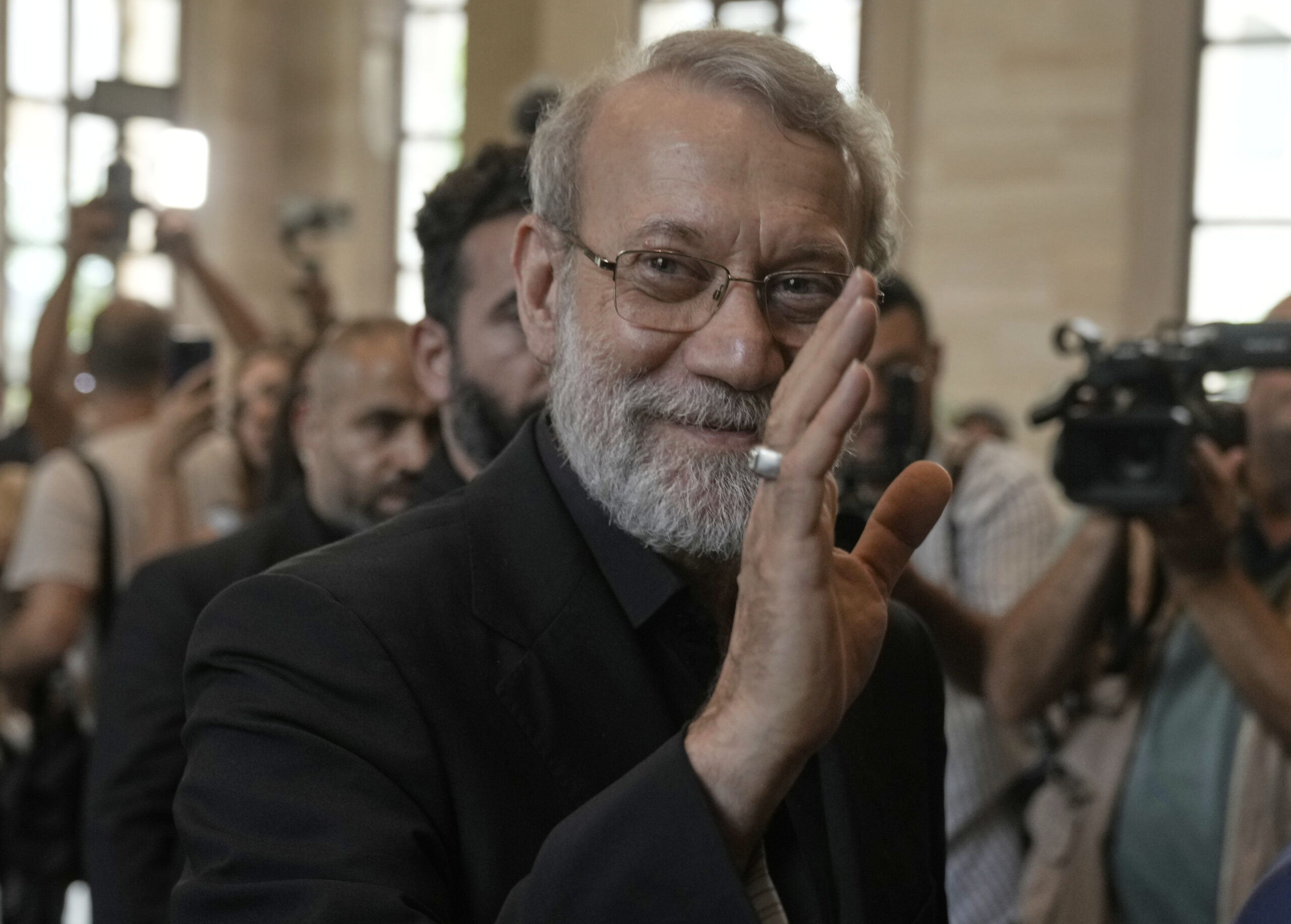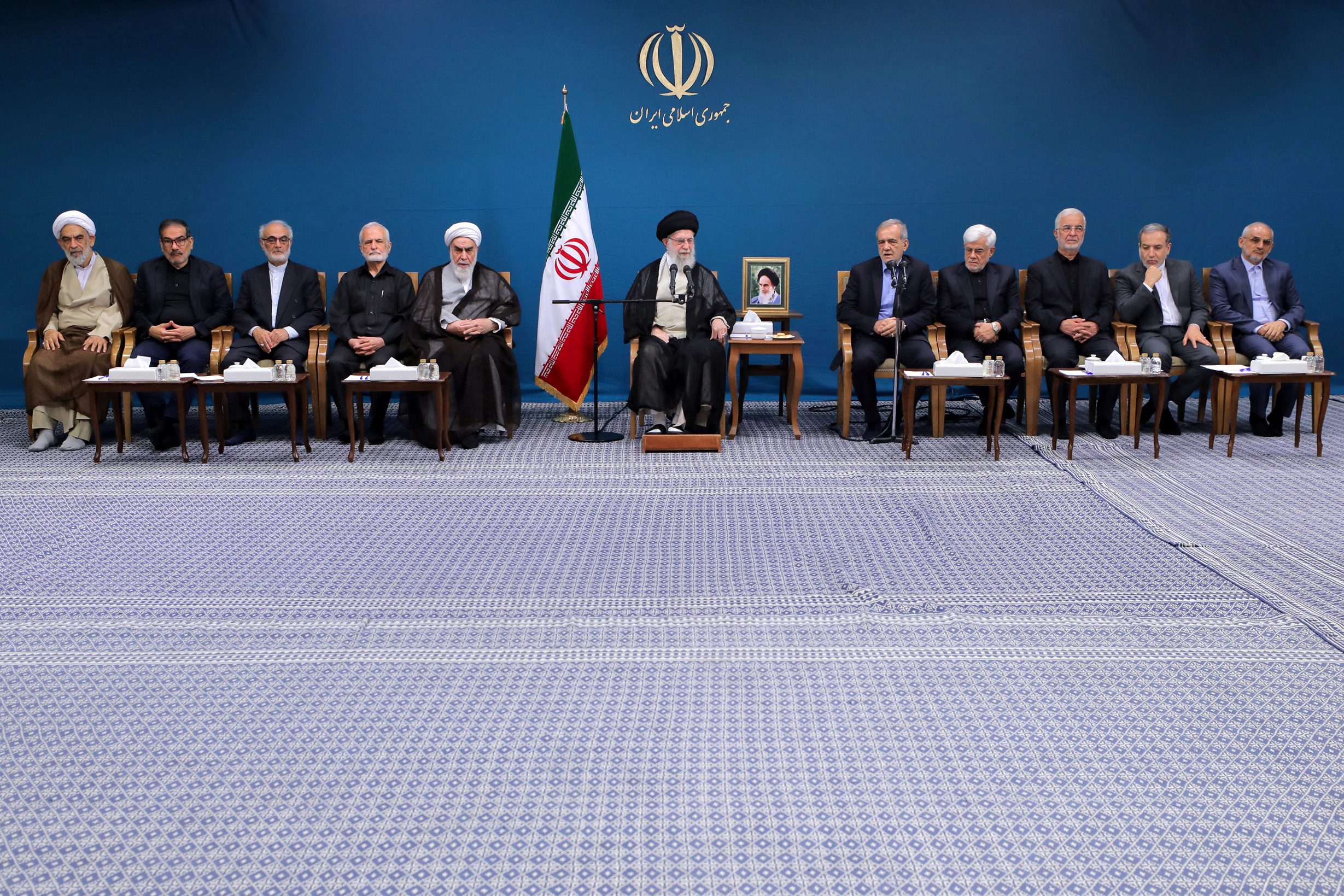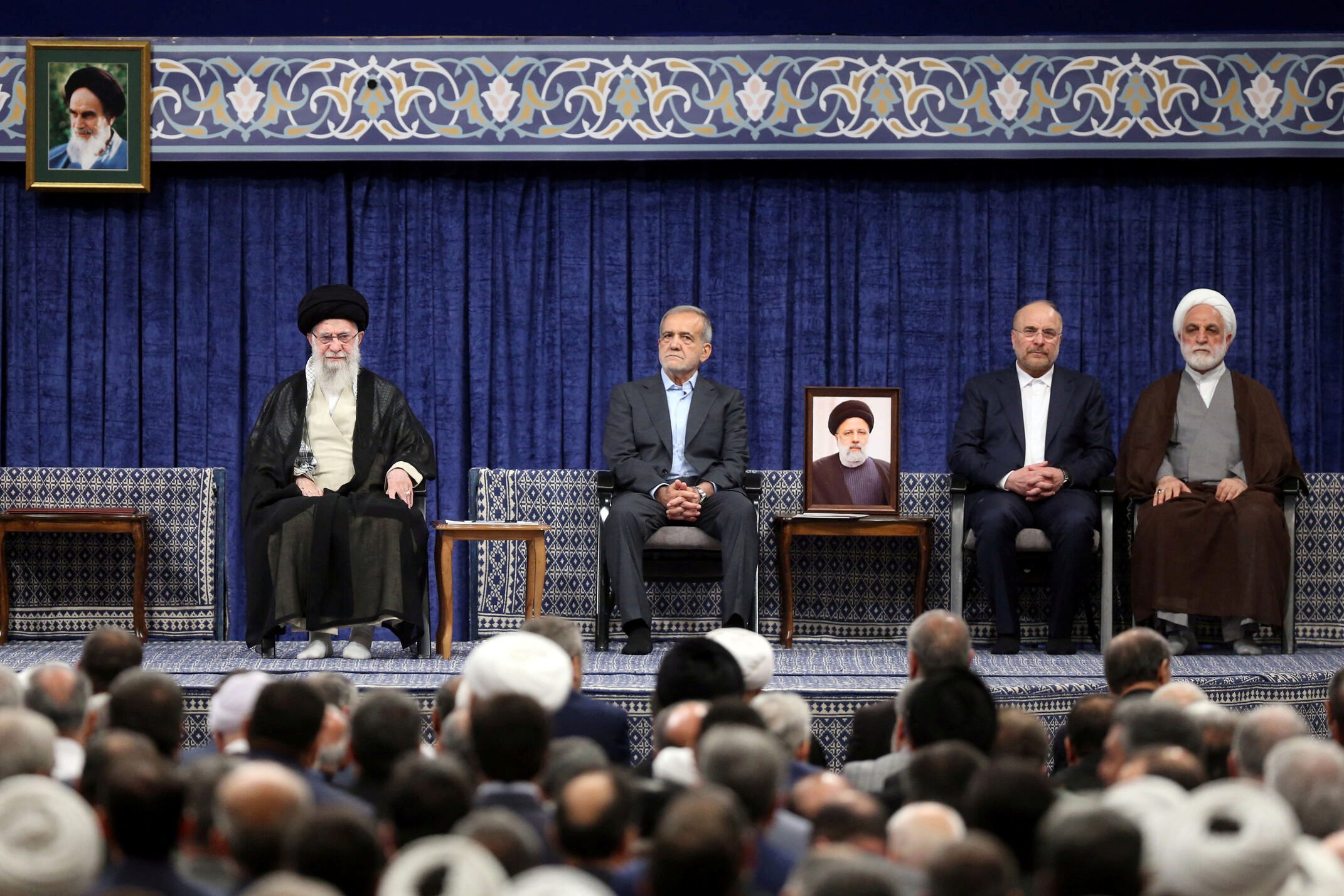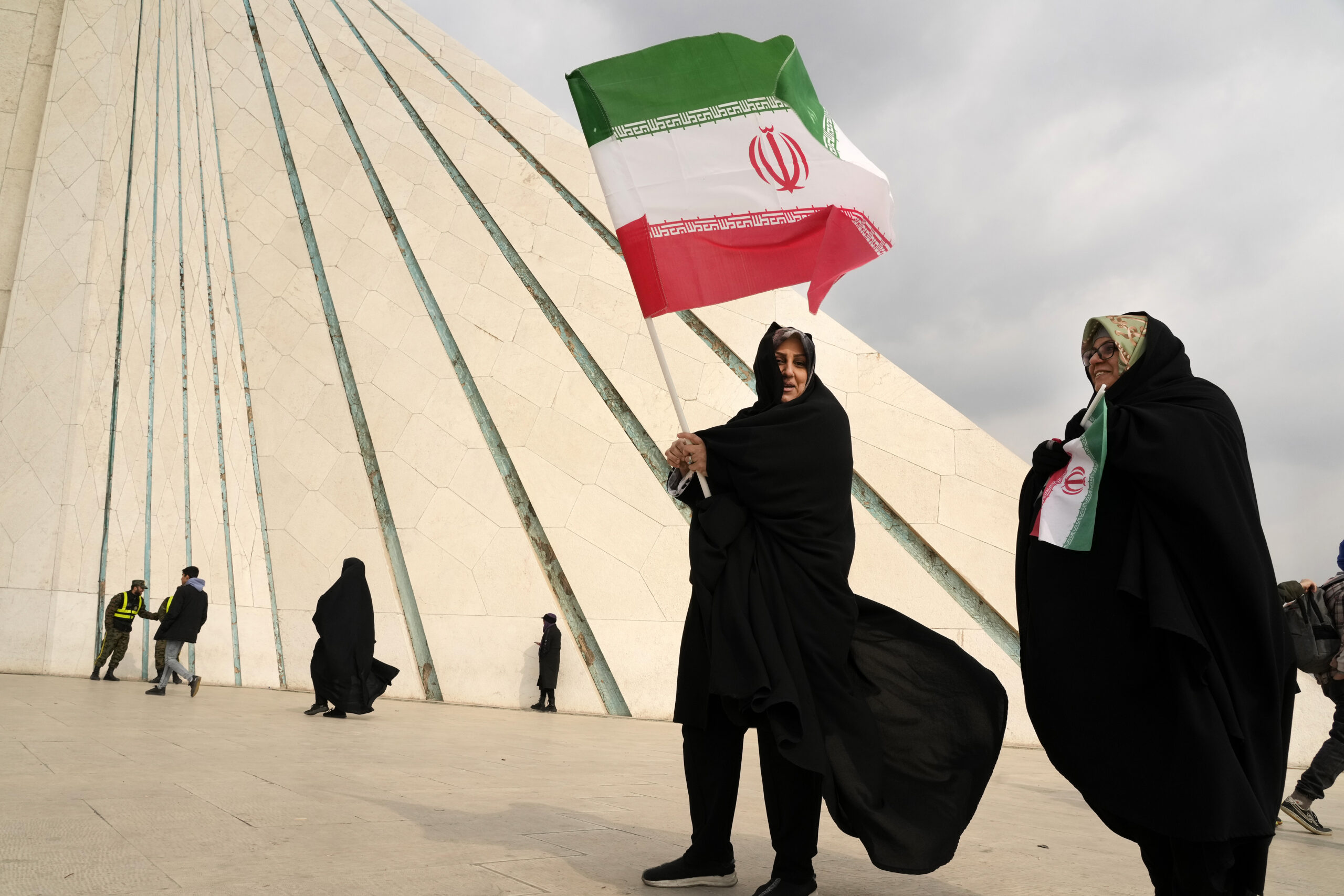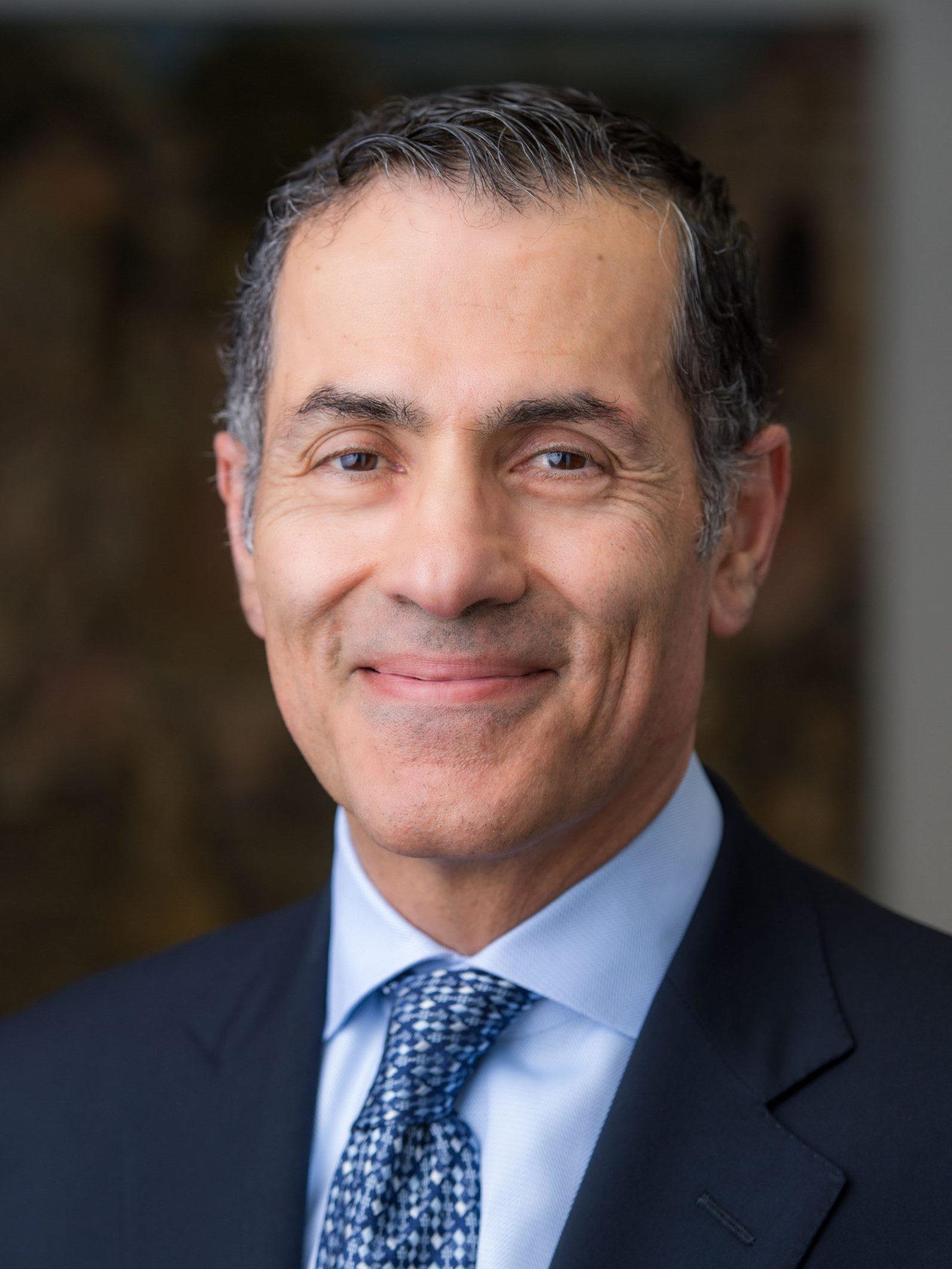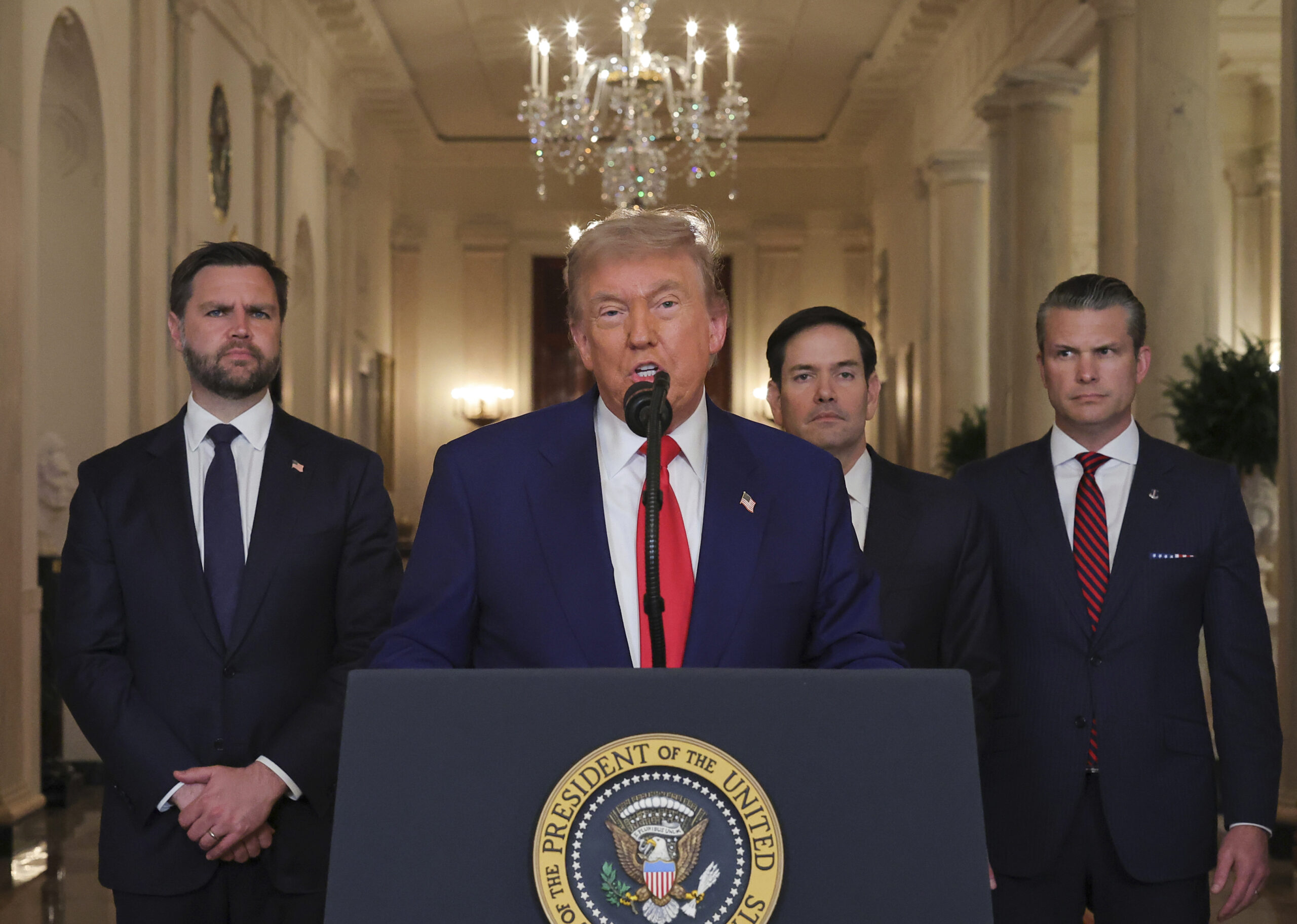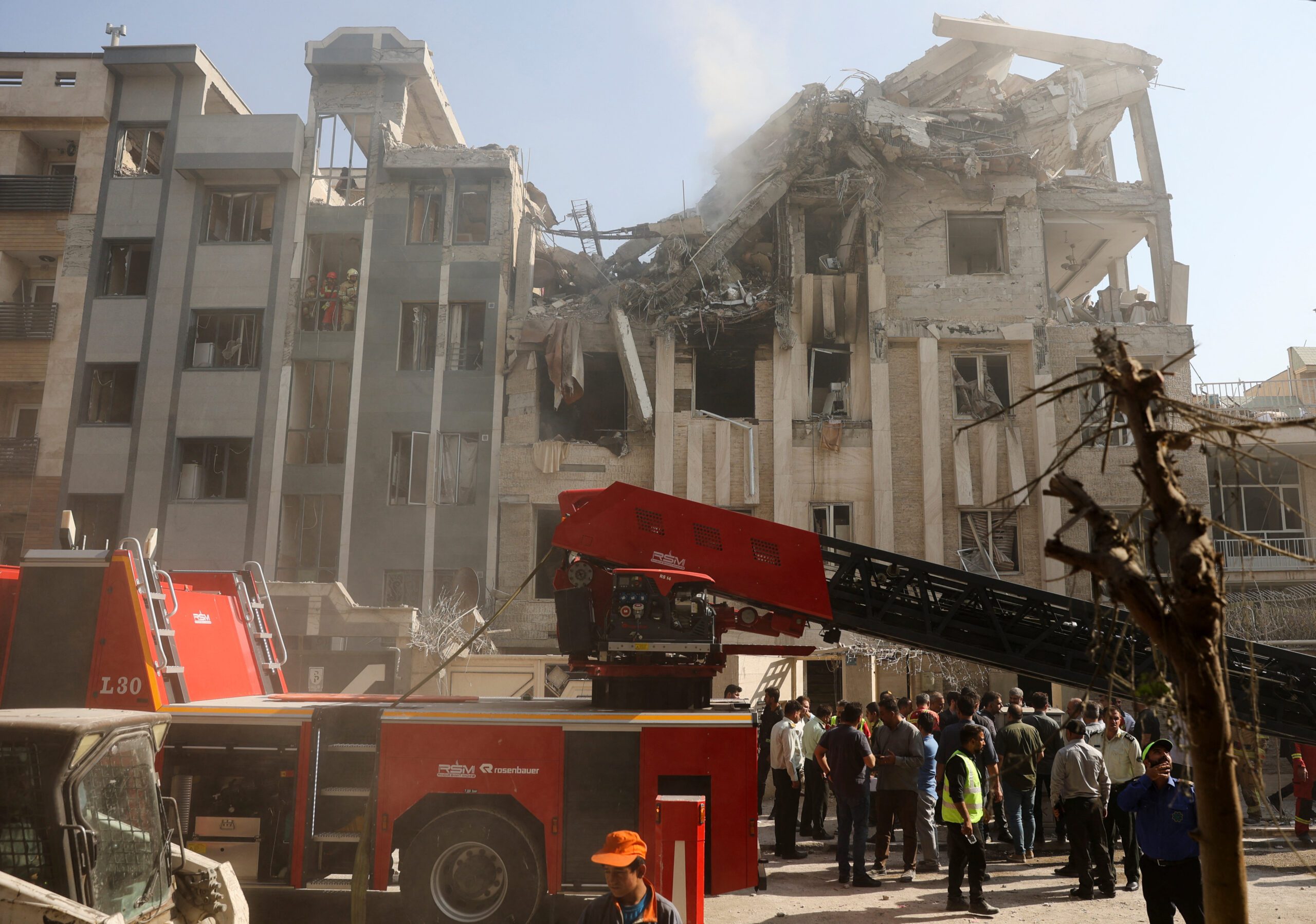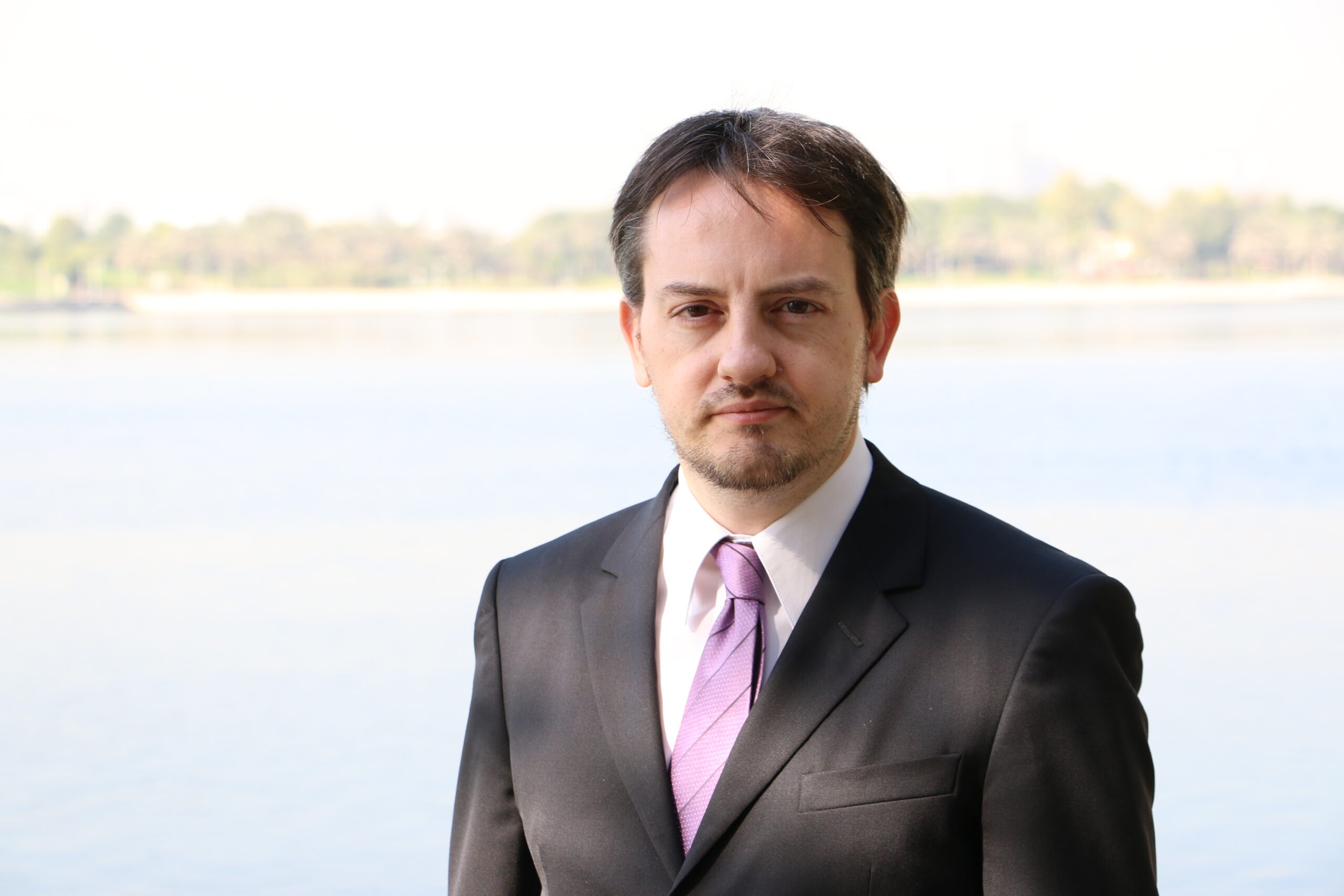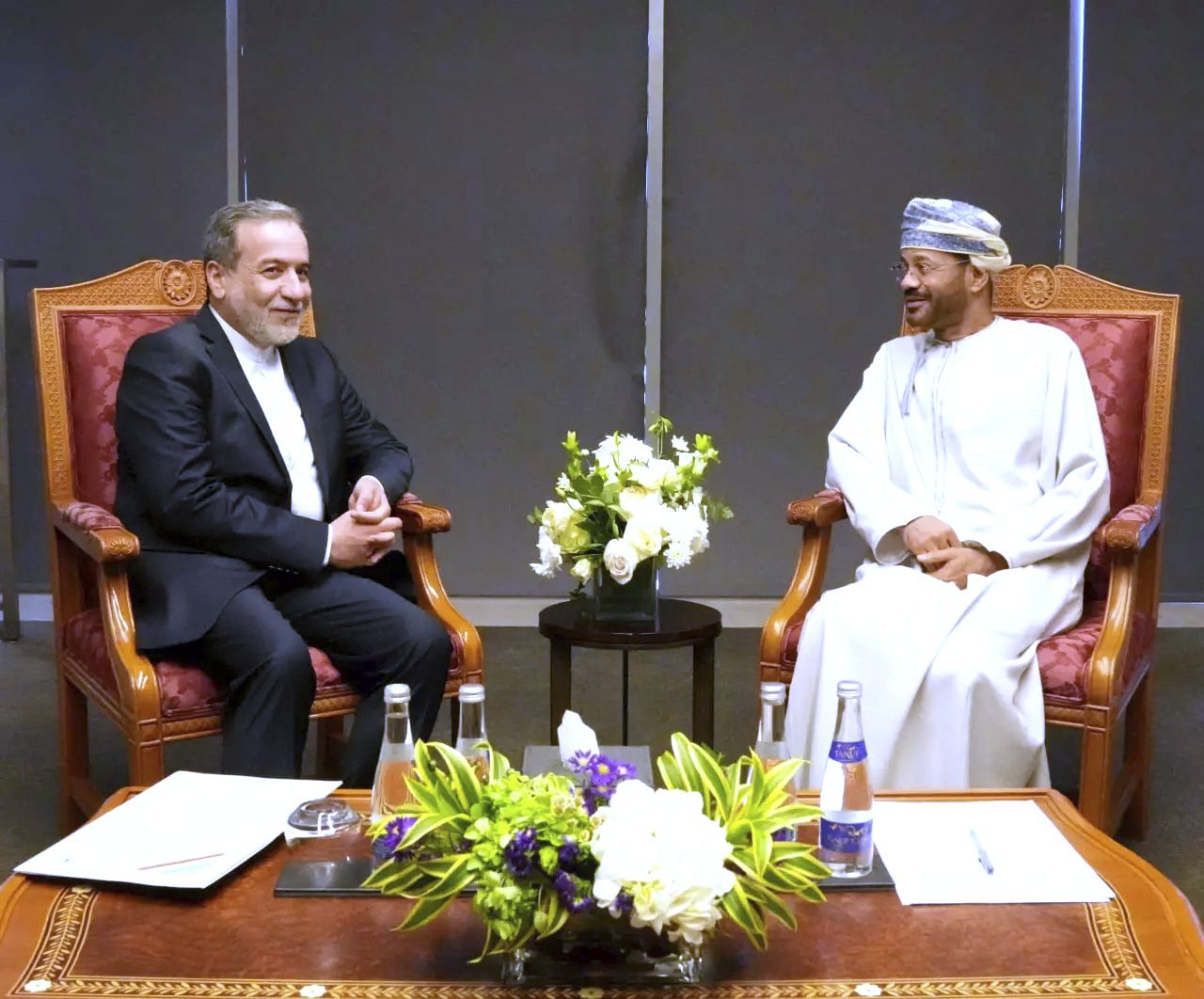Jan 7, 2025
30,000 Iranians Connected to the Internet by Starlink
The January 7 edition of the Iran Media Review explores the limitations technological innovation imposes on Iran’s capacity to exert control over the internet.
In 1994, the Iranian Parliament passed legislation prohibiting citizens from owning or using satellite receivers, or “dishes,” which enabled access to international satellite television broadcasts. By enacting this regulation, legislators sought to maintain the Islamic Republic of Iran Broadcasting’s monopoly as the primary information and media dissemination channel for Iranian society. However, despite state-led enforcement measures, such as police raids to physically dismantle satellite equipment and extensive signal-jamming operations, a significant portion of the population, including legislators themselves, transitioned to satellite television for news and entertainment, bypassing state-controlled narratives.
There has been a parallel trajectory in internet censorship. To maintain its control over online and social media, the regime systematically blocks access to widely used platforms such as YouTube, Twitter, Facebook, Instagram, and Telegram. Nevertheless, Iranian citizens have leveraged virtual private networks to circumvent these restrictions. From the perspective of the regime, the challenge has intensified due to advancements in satellite internet technology. Increasingly, Iranian internet users are bypassing domestic, government-controlled networks by connecting to the internet via Starlink, a satellite internet service operated by SpaceX. This trend is documented in the Tehran E-Commerce Association’s fourth report on the “State of the Internet in Iran.”
Although the full report is no longer available online, its executive summary has remained posted, and it highlights the systemic limitations technological innovation imposes on Iran’s capacity to enforce digital control policies.
January 6: The executive summary of the “State of the Internet in Iran” report states:
- “In the course of the past year, there has been a 20-fold increase in the use of Starlink in Iran, which indicates Iranian citizens are willing to pay from $700 to $2,000 per month to get access to satellite internet service to counter the slow and restricted domestic internet service. Furthermore, cell phones in Iran, most of which are connected to the internet using free VPN services, have become a source of spreading viruses … The spread of viruses imposes added costs on Iranian start-ups.”
- “After China, Iran has the most restricted internet in the world … But the number of internet users in Iran who connect to the internet through Starlink has reached 30,000 … Utilizing new technology, Starlink and next generation internet connect users without ‘Direct to Cell’ protocols, which potentially restrict traditional approaches to censoring the internet.”
- “Iranian policymakers often refer to the findings of the speed test website,” claiming the internet speed is acceptable in Iran, “but more than 70% of the findings of this particular website test the speed of the internet in Tehran. In the provinces … the speed of the internet is much slower.”
The views represented herein are the author's or speaker's own and do not necessarily reflect the views of AGSI, its staff, or its board of directors.

